While Cristiano Ronaldo might be on top of everyone’s list, Portugal is known for a variety of topics from music and food to politics. One of the oldest countries in Europe, Portugal has made its mark on the world, although it is often bypassed for other European countries. Now with over 27 million visitors every year, almost three times the population, it seems tourists are also starting to notice all that Portugal has to offer. From sports to art, here are 11 things Portugal is famous for.
1. Fado music
Fado has a special place in every Portuguese person’s heart. In 2011, fado was added to the UNESCO Intangible Cultural Heritage Lists.
Traced back to Lisbon in the 1820s, fado is a music genre with mournful tunes and lyrics, many times about the working class, missing someone, and sadness. In contrast to this melancholy is the rhythm of the Portuguese guitar – only introduced later in the history of Fado – which transmits life, cheer, and enthusiasm. Perhaps it is this contrast that makes Fado so special.
If you are looking to discover the fado culture, head to a “Casa de Fado” in Alfama in Lisbon. Alfama is the birthplace of fado and of the most famous fadista in the world, Amalia Rodrigues. There are many great options including Fado in Chiado, Clube de Fado and Parreirinha de Alfama. You can always also ask the locals where to go.
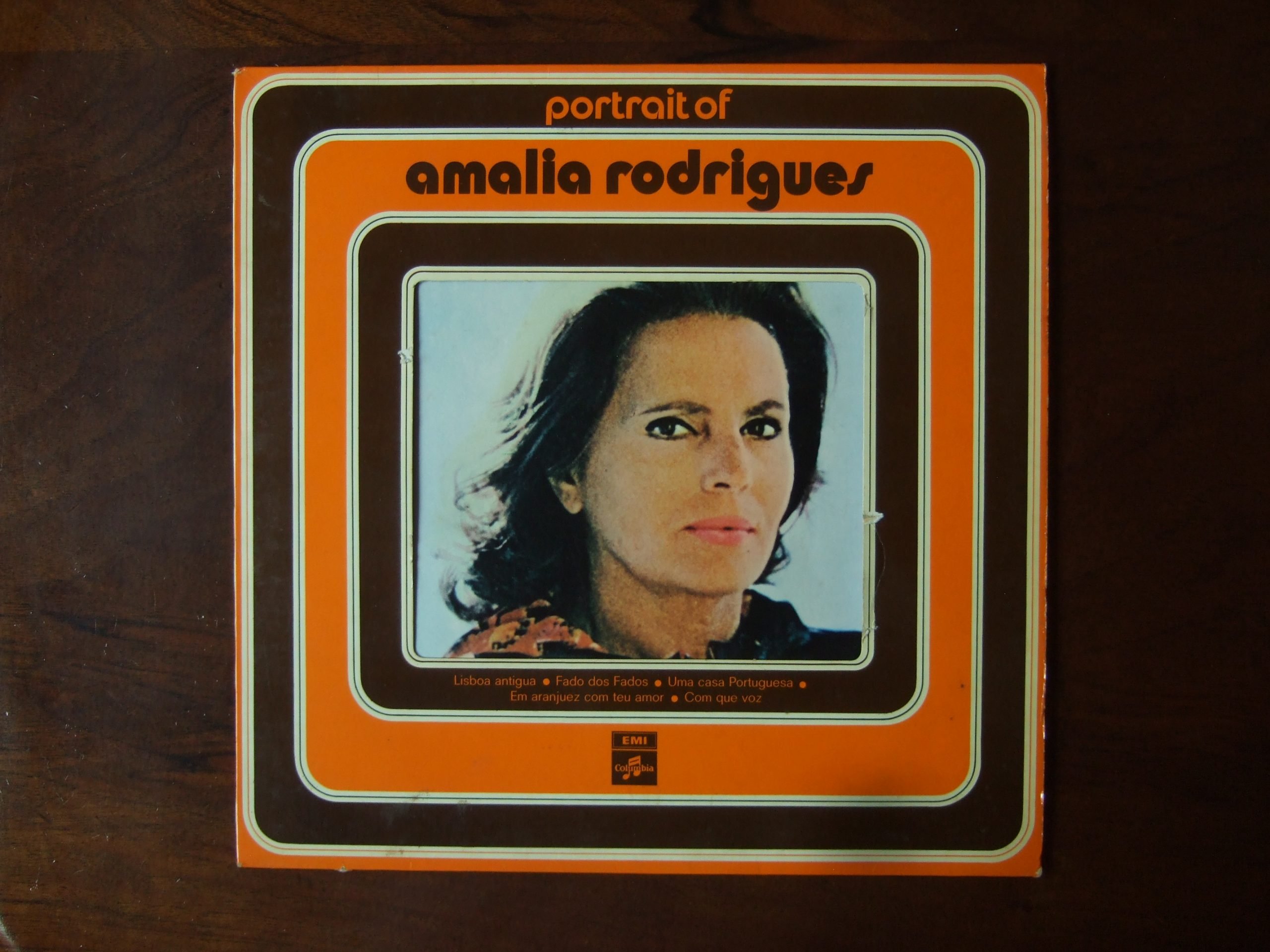
2. Cristiano Ronaldo’s birthplace
Born and bred in Madeira, Cristiano Ronaldo is the most famous person to come out of Portugal. Fun fact, he is also the most followed person on Instagram with 446 million followers.
Cristiano Ronaldo currently plays a forward for Premier League club Manchester United and is the captain of the Portugal national team.
Over the course of his career, he has scored over 800 goals, making him the highest-ever goalscorer in the history of men’s soccer.
Along with other achievements, in 2021, Ronaldo clocked 32.51 km/h to become the fastest football player to do so in any match, in a game against West Ham.
You can visit a museum to celebrate the life of Cristiano Ronaldo. Founded in 2013, the CR7 Museum is located in his birthplace in Funchal, Madeira.
Book Private Cristiano Ronaldo Tour with CR7 Museum

3. Codfish obsession
As the Portuguese saying goes, there are 1001 ways to cook cod, also known as bacalhau. Cod is a natural treasure, one that is connected to Portuguese history, from the Portuguese discoveries to the end of a fascist dictatorship.
The Portuguese consume over 100,000 tonnes of salted dried Norweigian cod, almost 10 kilograms per person every year. Shockingly, the Portuguese consume 20% of the world’s cod.
Portugal’s cod consumption began in the fourteenth century, but after the dictatorship, began mostly being imported from Norway. Today, most of the cod in Portugal is imported from Norway, known as o Bacalhau da Noruega.
Bacalhau: Understanding the Portuguese Obsession with Cod
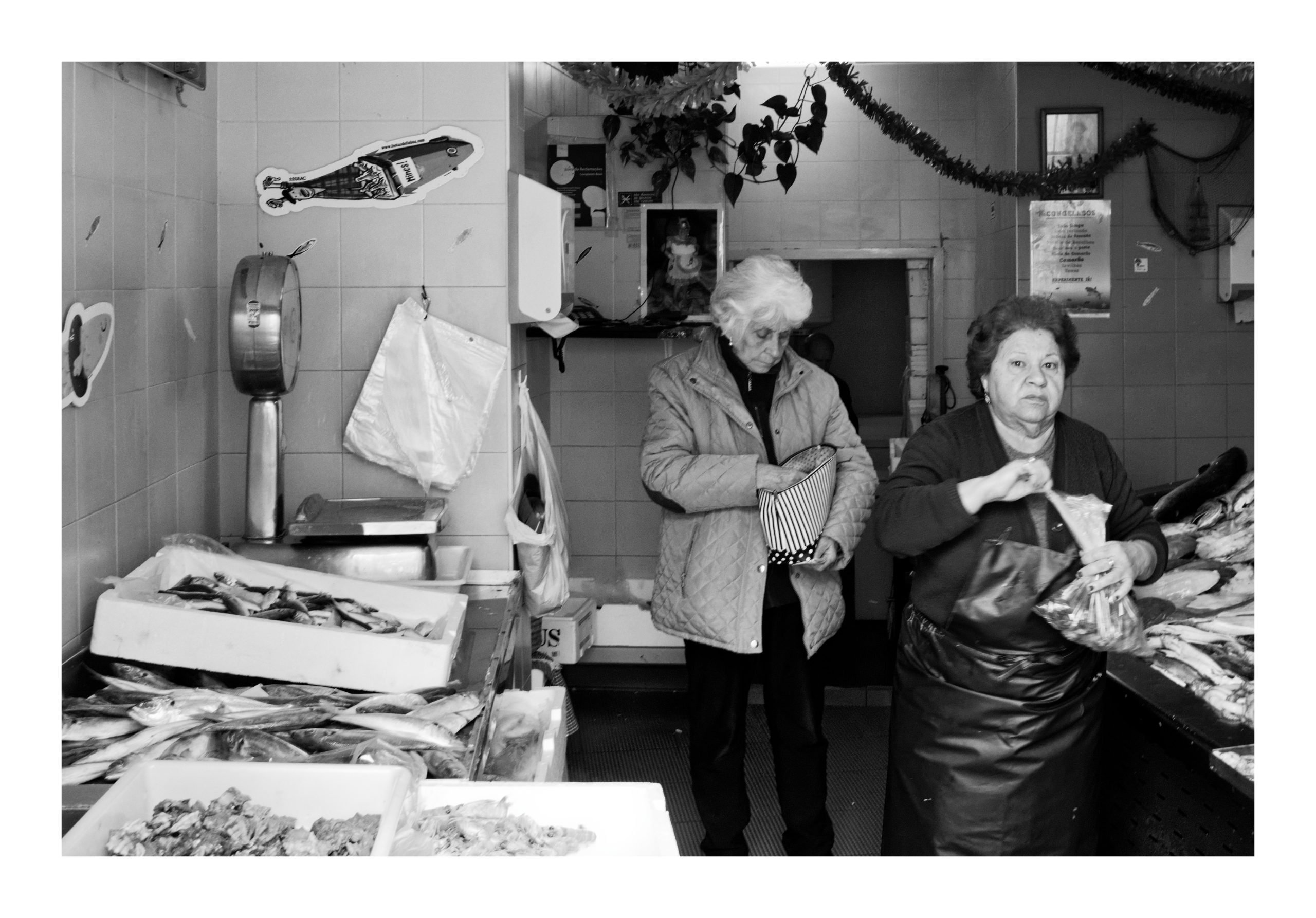
4. Home to Port wine

Port wine is specific to the Douro region in the North of Portugal and was what made this region famous. It’s a fortified wine, usually a sweet red wine but also coming in dry, semi-dry, and white (and today, even rosé is available).
Under European Union law, only Portuguese wines from the Douro region are allowed to be legally labeled as “Port wine”. Although there are port-inspired fortified wines from outside of Portugal, this protects the tradition of the wine in Portugal.
Port wine is usually served as a digestif. You will usually taste the wine after a meal, accompanying dessert or cheese. However, tawny and white port is many times served as an apéritif, this is, before meals.
5. 300+ days of sun
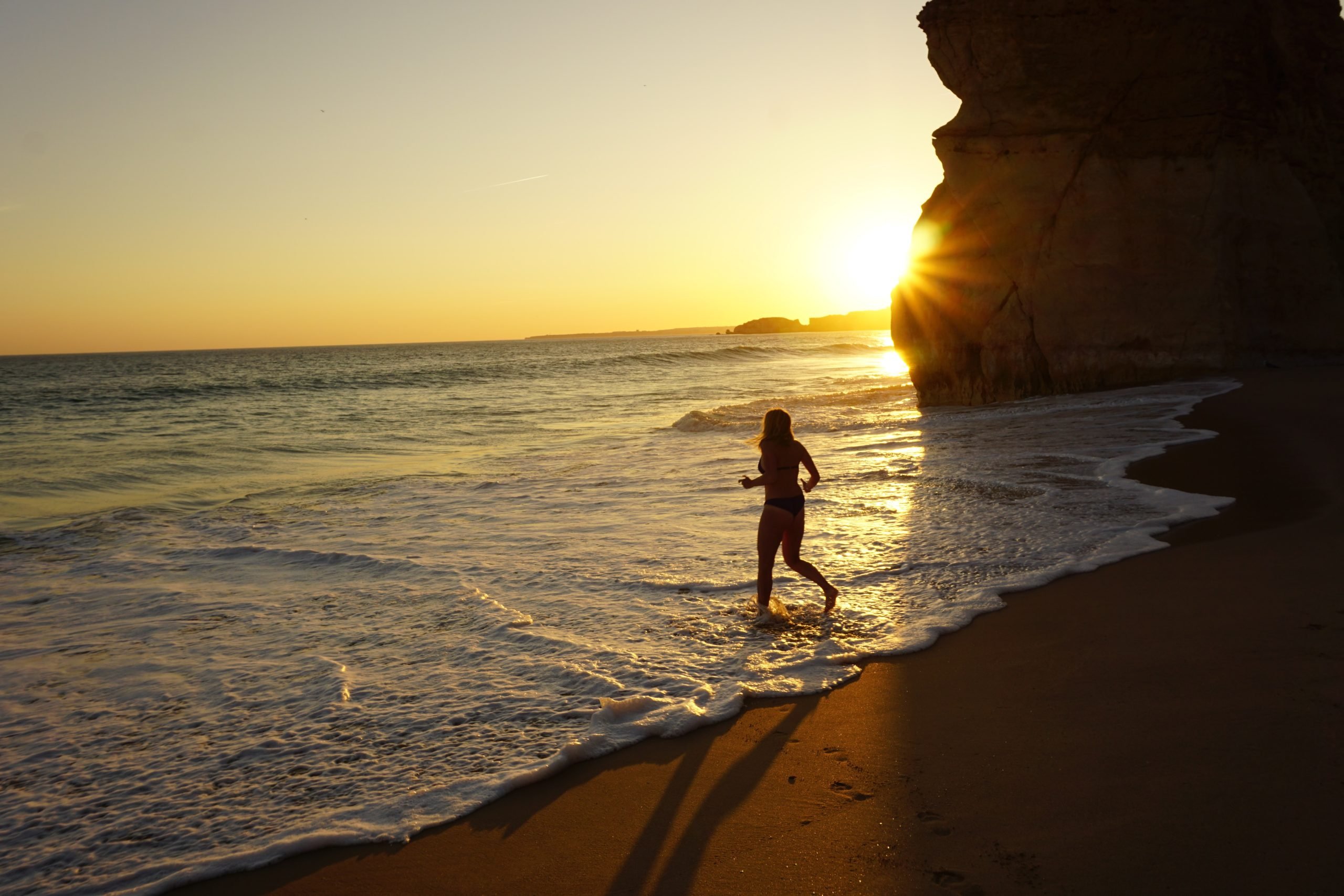
One of the warmest countries in Europe with mild temperatures all year round, Portugal has over 300 days of sunshine a year. This makes Portugal the perfect country to visit all year round! Winter can oftentimes feel like Spring and temperatures rarely fall below 10ºC.
However, keep in mind that temperatures vary depending on the location. Although you are always likely to find the sun shining, certain parts of the country are colder, windier, and rainier. The north of Portugal tends to be colder in the Autumn and Winter than the rest of the country, while the south is generally warmer.
Moreover, the archipelago of Madeira and the Azores, miles away from mainland Portugal have very different climates.
The nine islands of the Azores feature an oceanic, mild-warm subtropical climate thanks to its mid-Atlantic ocean location. It is common for it to rain in the summer and for visitors to face high humidity levels. In the summer and autumn, the Azores can even be impacted by storms and cyclones.
The archipelago of Madeira also experiences unpredictable weather. Temperatures are mild to warm all year round, but areas around the Madeira Natural Park experience frequent precipitations – intense rain and even snow in the winter.
6. The largest cork producer in the world
Portugal is the biggest cork producer in the world and produces more than 50% of the world’s cork supply. Cork is part of everyday life in Portugal and is used in various materials such as wine bottle corks, clothing, shoes, furniture, and more.
Portugal is also home to the world’s largest cork forests, making up 34% of the world’s area of cork forests. The Amorim Family of Portuguese billionaire Américo Amorim made their multi-billion-dollar fortune in the cork industry.
Along with boosting the Portuguese economy, cork is sustainable. When harvesting cork, trees are not cut down and can be harvested every 9 years. However, a permit from the Portuguese Ministry of Agriculture is required to harvest cork.
Fun fact – in 2014 cork fabric designer Teresa Martins created a complete cork look for Lady Gaga.
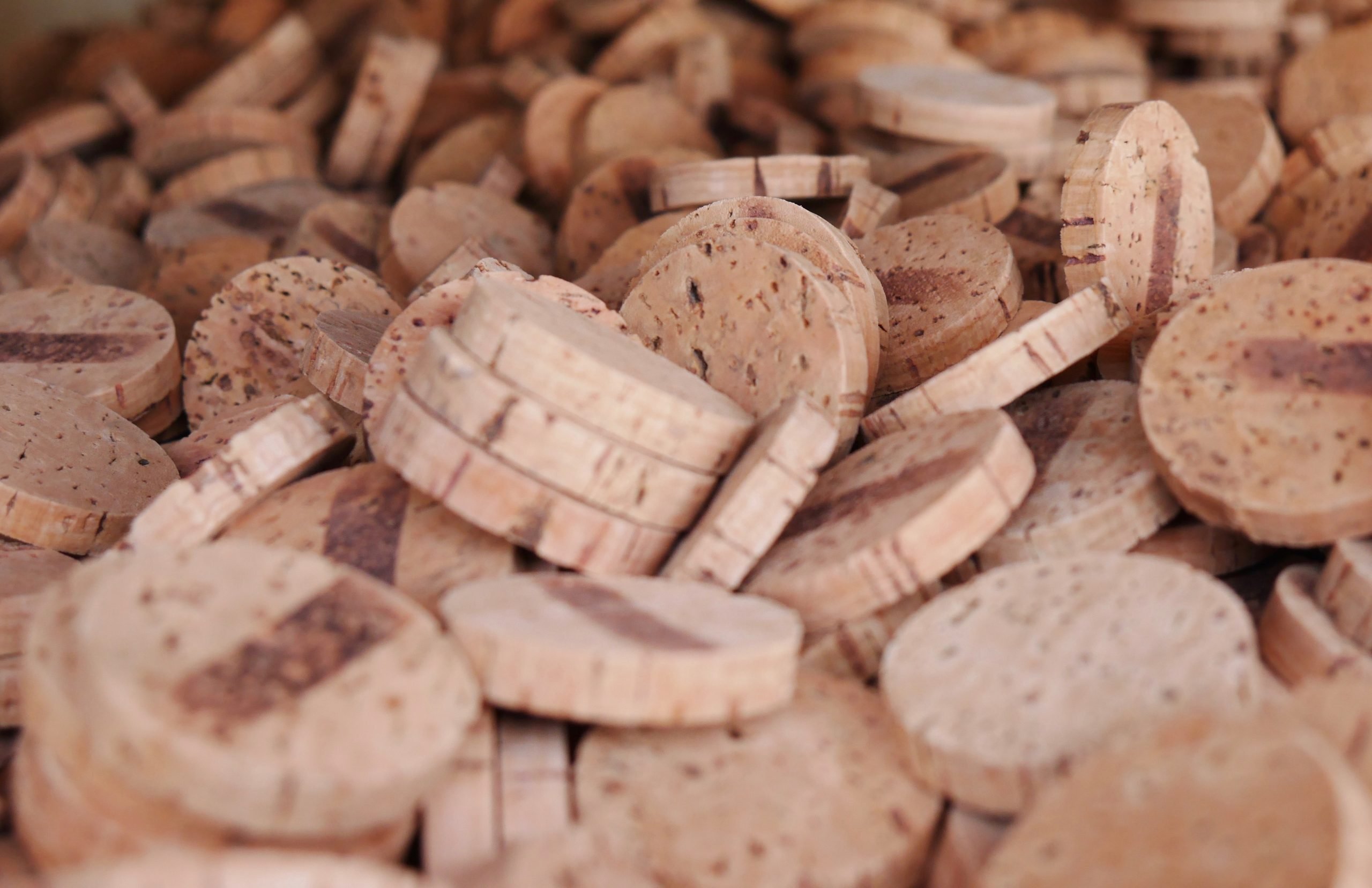
7. The site of the Miracle of Fatima
The city of Fatima in Santarem receives millions of religious pilgrims every year. Home to the Sanctuary of Our Lady of Fatima, why do so many Catholics visit this site?
On May 13, 1917, the Virgin Mary is said to have visited three peasant children, Francisco, Jacinta, and Lucia. She visited the young children on the 13th for the next six months. She revealed to the children three secrets.
The three secrets were a series of apocalyptic visions and prophecies that the Virgin Mary revealed to the children. The first two secrets included a depiction of hell as a place where sinners’ souls burned, a prophecy of World War I, the outbreak of World War II, and the rise and fall of communism.
The third secret was only released in 2000 by the pope and spoke of the 20th-century persecution of Christians, leading to the failed assassination attempt of Pope John Paul II in 1981.
The sixth and final miracle, the Miracle of the Sun, occurred on the 13th of October, 1917. There are reports of over 70,000 people being in attendance. According to various witness accounts, the rainy sky cleared up, and the ground that was wet from the rain became dry. The sun appeared “dancing around” and “zig-zagging” in the sky within broken clouds, giving it the name of the Miracle of the Sun.
Whether you believe in the Miracle of Fatima or not, the city of Fatima and the Sanctuary of Fatima welcome atheists and those of various religions. The city has a lot to offer, from regional cuisine to museums, and neighboring villages to visit.
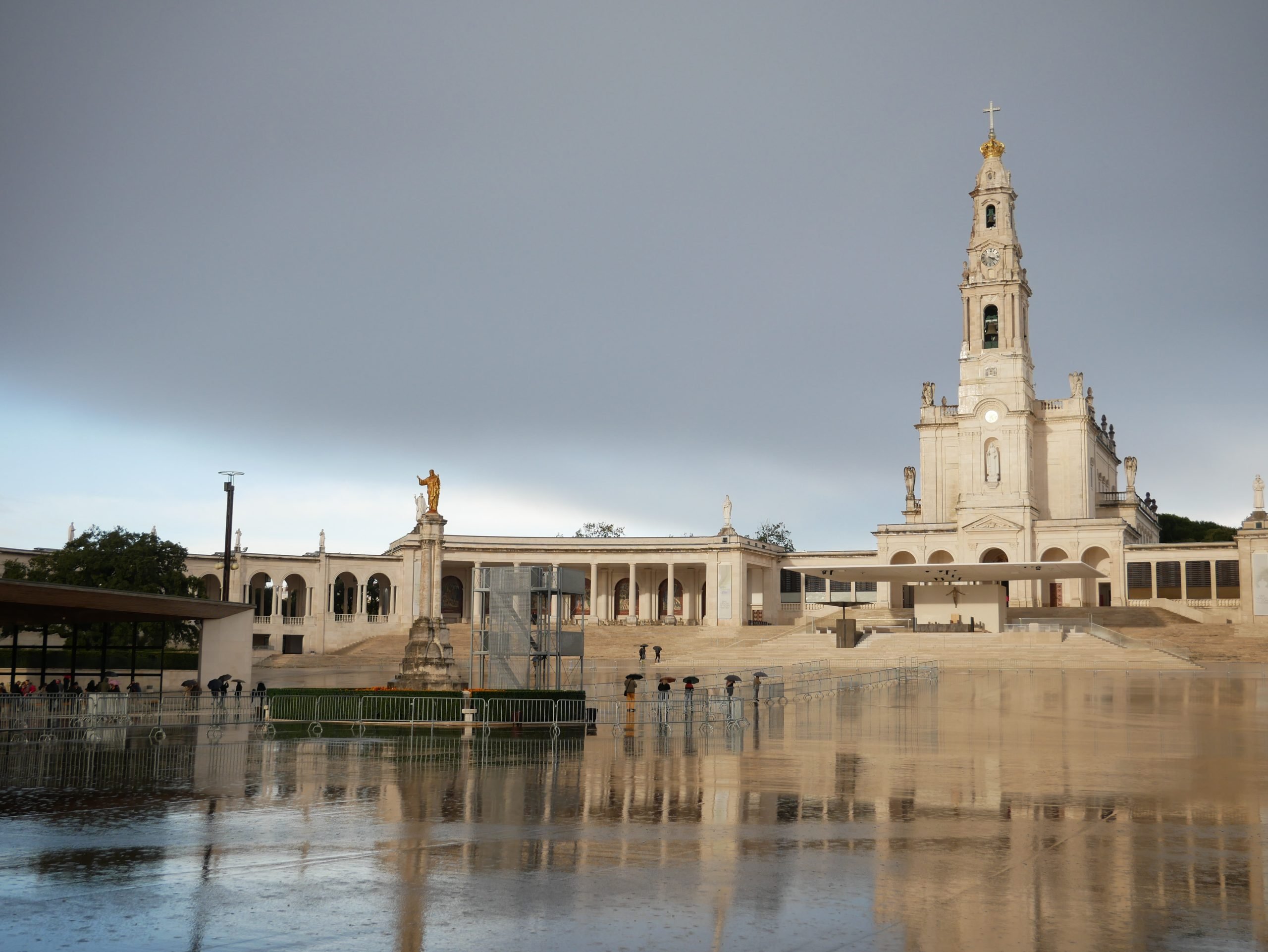
What happened at the Miracle of Fatima?
8. The country of azulejo tiles
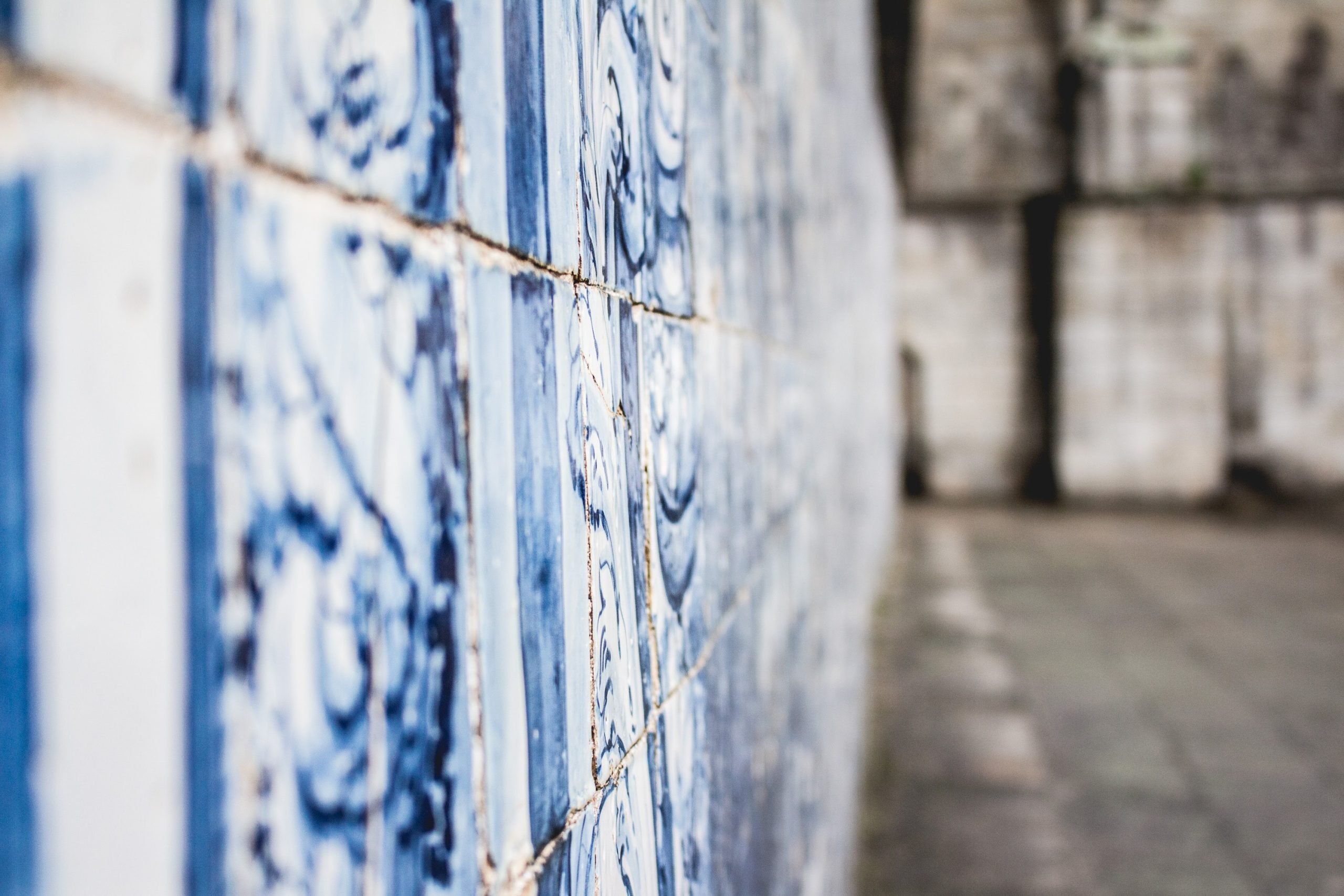
Blue ceramic tiles from the 14th century decorate the streets, buildings, and monuments of Portuguese cities. They are so instrumental to Portuguese culture that since 2013, it’s been forbidden to demolish buildings with tile-covered façades in Lisbon to protect their cultural heritage.
Azulejo tiles are not just decorative, they usually tell a story and chronicle major cultural aspects of Portuguese history.
Traditionally, the azulejo told stories of Portuguese navigators and their voyages around the world. Churches also used azulejo to tell stories about saints, as being able to buy a book was a privilege to many.
We can’t take full credit though. Even though the iconic azulejo is Portuguese, the style has been heavily influenced by Islamic and Italian cultures.
You will find some of the most beautiful azulejo tiles in Portugal in Porto, Sintra, and Alentejo. Our favorite spot is in Porto, in the Sao Bento Railway Station. The station was built in 1903 and is covered with over 20,000 azulejo tiles, made by Jorge Colaço. His work covers an area of over 550 m2 and depicts important moments of Portuguese history including the Discoveries.
9. Great Lisbon earthquake
While Portugal is not known for earthquakes, on November 1, 1755, the capital was hit by the largest natural disaster in the history of the country. The Lisbon earthquake killed between 30,000 and 60,000 people, making it one of the deadliest earthquakes in history.
Modern seismologists estimate the Lisbon earthquake had a magnitude of 8.5 to 9, making it the largest known earthquake to impact Europe and northern Africa.
What led to the complete destruction of the city of Lisbon was not the earthquake itself, but the tsunami that followed. 40 minutes after the Lisbon earthquake, a 6-meter-high tsunami occurred in the harbor and downtown area, causing many to drown.
The force of the tsunami knocked over candlelit homes and churches, leading to large fires that burned for hours all over the city and asphyxiated thousands.
It is argued that the Lisbon earthquake led to the development of seismology. This was the first earthquake to be studied scientifically as it impacted such a large area, leading to the birth of modern seismology and earthquake engineering.
Great Lisbon Earthquake: What happened at the 1755 Lisbon Earthquake
10. The first country to decriminalize all drugs
Portugal became the first country in the world to decriminalize all drugs on July 1, 2001. The law made drug possession for personal use legally prohibited, while drug trafficking remains a criminal offense. All drugs were decriminalized, including highly stigmatized drugs such as meth and heroin.
Today, Portugal has some of the lowest drug use rates in the European Union. Drug-related pathologies such as STDs and fatal overdoses decreased dramatically after the change in the law.
Before 2001, Portugal was facing a drug epidemic. In 1999, Portugal had the highest rate of HIV among injecting drug users in the European Union.
To solve the issue, the drug epidemic was deemed a public health crisis and the Portuguese government concluded that a punitive approach to drug addiction was inhumane and ineffective.
Portugal’s law has been celebrated worldwide as a model to follow, one that reflects the right of people suffering from drug addiction to access rightful treatment, rather than punishment.
However, keep in mind that this does not mean drugs are legal in Portugal. Possessing a specific amount of a drug could be considered drug trafficking and is considered a crime.
Portugal Drug Laws under Decriminalization: Are Drugs Legal in Portugal?
11. Anti-fascism: The Carnation Revolution
You might have heard the song “Grandola, Vila Morena”. An anti-fascist song by Jose Afonso, this song played in the early hours of the 25th of April on the radio all over the country. This song was one of the signs that trigger the Carnation Revolution.
After 40 years of a fascist dictatorship, a peaceful military coup led by leftist military offices brought about freedom for the Portugal people and eventually for those in colonies abroad. It led to a transition to democracy and the end of the Portuguese Colonial War in Africa.
Decolonization occurred quickly after the revolution and by the end of 1975, many Portuguese ex-colonies like Angola, Cape Verde, and Mozambique gained their rightful independence.
During the dictatorship, known as Estado Novo, citizens did not have access to freedom of speech and were censored by the secret police, PIDE. PIDE also imprisoned, tortured, and killed those opposing the regime, particularly communists. Women did not have equal rights to men and needed permission to own a bank account and travel abroad.
25 Things To Know About Portugal’s Carnation Revolution

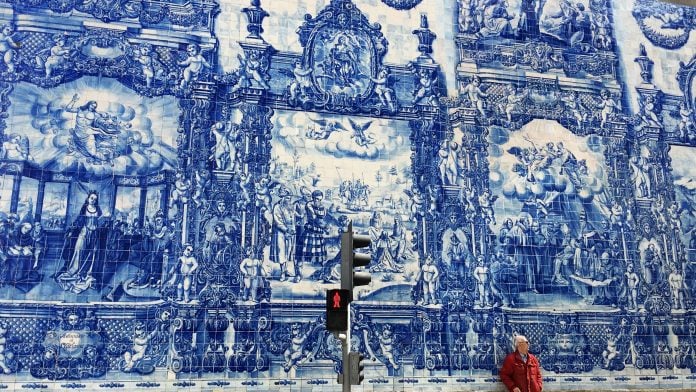

Great article – Portugal is a wonderful country to live in or to visit. The language is gentle, like its population who are welcoming and hospitable. Aso much to enjoy and discover.
This is beautiful moment for Portugal. This is a second golden age for her, as everyone in the world wants to live there, because of its perfect weather, very low crime, good standard of living, excellent medicare and education, world class wines & cuisine, breathtaking geography and beaches, rich history, hypnotic and exotic national Fado music, very rich and beautiful Portuguese language, unbelievably beautiful architecture, and most of all, the Portuguese people whom tourists characterize as: humble, polite, mild mannered, extremely hospitable, educated, super friendly and always willing to help – a people like no other in the truest sense!